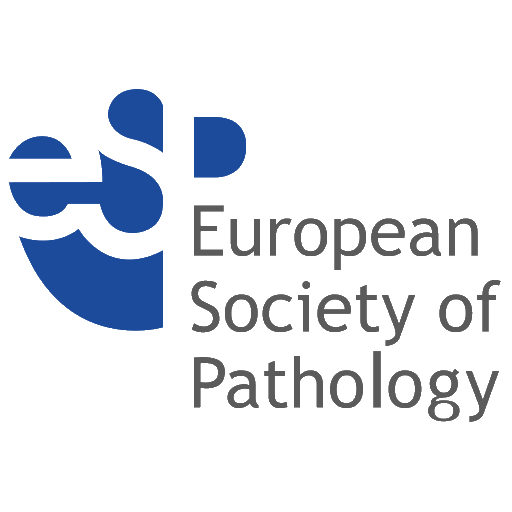Introduction to Pathology
The word pathology originates from the Greek words Pathos (suffering) and logos (study) and as its name implies it is a discipline devoted to the study of the cause, the pathogenesis, the morphological changes and functional derangement in cells, tissues and organs that underlie disease. With the advent of new technologies, pathologists are able to make diagnoses by examining a whole organ, a fragment of tissue, or even a few cells.
They integrate data from gross and microscopic examination, cytological and molecular methods so that they can face common diseases such as cancer and inflammation. In order to face the challenges in the modern era, a pathologist needs solid basic training and continuous up-dating of modern techniques and novel disease entities throughout a working lifetime.
Branches of Pathology
Diagnostic pathology has many sub-specialty fields. Some are determined by the age of the patients, such as paediatric pathology. Others are related to the type of sample received, such as cytopathology. Some are related to the methods of analysis, such as molecular pathology.
Most sub specialties, however, are according to organ systems, such as gastrointestinal pathology, liver pathology, gynaecological pathology or neuropathology. In community hospitals pathologists tend to practice in all subspecialty areas, but seek expert opinions in case of doubt. In large teaching hospitals or University hospitals pathologists tend to specialise and dedicate their professional activities to one (or a few) specific areas.
Cytopathology includes both diagnostic and screening components. Diagnostic cytology uses non-invasive and minimally invasive techniques to collect cellular material to confirm or exclude malignancy. Specimens examined include sputum, urine, brushings and washings from various organ systems and fine needle aspirates of palpable or radiologically identified lesions. Cervical Screening Programmes rely upon the Liquid Based Cytology (LBC) in order to identify premalignant disease in asymptomatic women.
Histopathology is the branch of pathology that deals with the tissue diagnosis of disease. The tissue on which the diagnosis is made is biopsy material taken from a patient to detect and diagnose disease, examine disease progression including the response to treatment or lack of response, and to establish the cause in cases of sudden or unexpected death.
A large part of this is the detection and diagnosis of cancer. A tissue diagnosis is essential before starting treatment involving major surgery, radiation or drugs, treatments which may have major side-effects.
History of Pathology
The earliest beginnings of pathology are traced to ancient Egypt, Rome, and Greece. Celsus, a Roman, noted the clinical features of what is now known as "inflammation." Galen, another Roman, was an authority on anatomy and other medical subjects; his teaching went unevaluated until 1,300 years later. The first physician known to have made postmortem dissections was the Arabian physician Avenzoar (1091–1161).
In the Renaissance, many artists and scholars advanced the study of anatomy and pathology. Of these Vesalius, the famous anatomist who wrote "De Fabrica Corpora Humani" and Benivieni, a physician who conducted the first autopsy, stand out.
As autopsies, initially prohibited for religious reasons, became more accepted in the late Middle Ages, people learned more about the causes of death. In 1761 Giovanni Battista Morgagni (1682 – 1771) published the first book to locate disease in individual organs. In the mid-19th century the humoral theories of infection were replaced first by cell-based theories (Rudolf Virchow), further refined by the development of bacteriology by Robert Koch and Louis Pasteur.
When the microscope was focused on samples of diseased cells and tissues, pathology came to resemble what it is today. Rudolph Virchow, who was very instrumental in the early development of diagnostic pathology, incorporated his life-long study of microscopic pathology in his book, "Zellular Pathologie'.
With the light microscope it became possible to correlate the observed signs and symptoms in an individual with cellular changes. In its early stages pathology was very descriptive. Diseases were categorized by how gross and microscopic anatomy was altered.
In the last half of the 19th century, by using this approach to pathology, coupled with microbiological techniques, it was learned that the major causes of human death were biological agents: protozoa, bacteria, viruses, and fungi. Infectious diseases took a heavy toll in human lives. Better sanitation and public health measures were instrumental in controlling these diseases, and the introduction of antibiotics and immunization procedures further reduced their importance.
It is now apparent that all diseases reflect changes at the molecular level. As a consequence, studying cells and molecules involved in disease processes has become the cornerstone of modern pathology. Molecular techniques have also been widely introduced in diagnostic practice. Proteins can be detected in cells and tissues through a technique called immunohistochemistry. A wide variety of sophisticated methods is now available to study the involvement of genes in disease.
Pathology is both an old and very modern medical discipline that is and will remain at the centre of diagnostic medicine.
